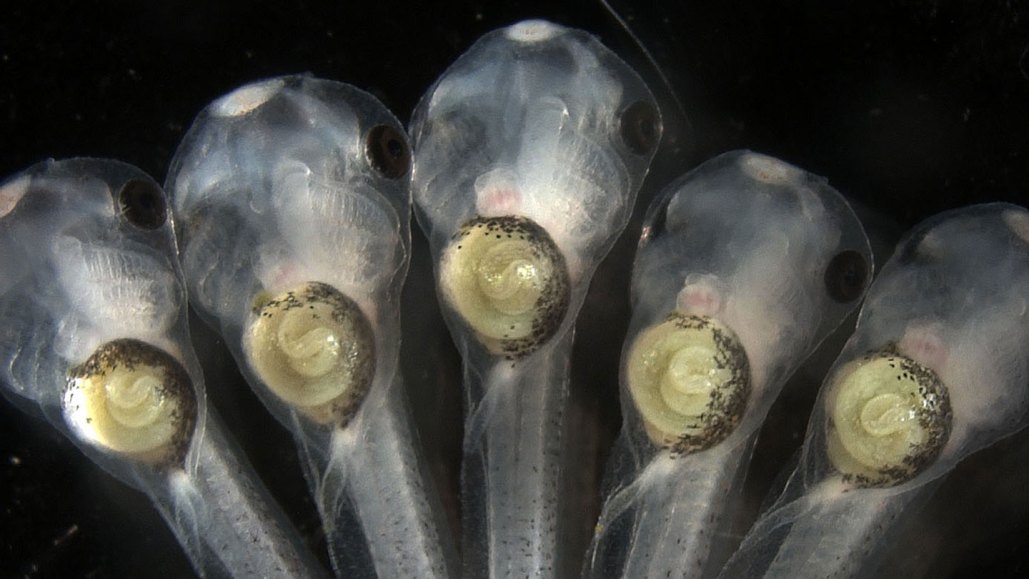Developmental Metabolism Dysfunction Could Cause Incorrect Coiling of Intestines

The growth pattern of intestines in the African clawed frog is similar to humans, it grows coiled in a counterclockwise direction. Studies now indicate what possible disruptions could alter this process.
Researchers from North Carolina State University in Raleigh have discovered that interrupting the metabolism of tadpoles results in a sequence of cellular disturbances which triggers the growth of their intestines in an incorrect direction. These observations published on February 19 in Development offer valuable understanding into how an analogous birth irregularity in humans, referred to as intestinal malrotation, may take place.
Mehul Raval, a pediatric surgeon at Ann & Robert H. Lurie Children’s Hospital of Chicago unaffiliated with this exploration, finds any information capable of safeguarding early embryo and fetus development to prevent congenital abnormalities both intriguing and exciting.
According to the authors of the study, intestinal malrotation can occur in around 1 in 500 human infants. However, the actual occurrence could be higher as it often goes unnoticed for extended periods only to be discovered when a twisted gut hampers blood flow or creates obstructions, enhances Raval.
Nanette Nascone-Yoder, a developmental biologist at N.C. State, likens intestine to a garden hose requiring careful winding to avoid knots and kinks.
Though malrotation can occur alongside other anomalies, its exact cause still remains unknown to Janice Taylor, a pediatric surgeon at the University of Florida in Gainesville unaffiliated with the study.
In their research, Nascone-Yoder and team chose frog embryos, which owing to their lengthy, looping intestines that develop outside the mother's body and their transparency, resemble the human setup closely and are easy to monitor.
Much like human and frogs, intestines generally wind counterclockwise while developing, a process that starts between the third and fourth days of a tadpole’s development. The investigators found that exposure to atrazine, a widely used herbicide, and known for disrupting human hormones before this developmental stage yielded frog intestines coiling clockwise, which was deviant.
In additional experiments, the scientists discovered atrazine tampering with tadpole metabolism to inhibit the complete glucose-to-energy conversion. "We can deduce that the reaction curtails cells' orientation within the developing intestine," says Nascone-Yoder. The evidence in frogs revealed intestines coiling clockwise along with growth retardation, thus occupying less space than they generally would.
However, it doesn’t imply that atrazine induces intestinal malrotation in humans. In fact, the investigated atrazine dosage exceeded by approximately 1000 times the environmental levels. But, the possibility of metabolic interference contributing towards it cannot be ruled out. "Perhaps an environmental effect or genetic defect could subtly impact human GI tract-lengthening," Nascone-Yoder implies.
The researchers also highlighted the increased damaging free radical levels in atrazine-exposed tadpoles. These particles in large quantities could harm intestine-growth processes. However, antioxidants could counter them. Therefore, using antioxidants before herbicide exposure resulted in over half of tadpoles with normal, healthy intestines.
While the study doesn't solve the mystery of intestinal malrotation causes in human fetuses, or the efficacy of antioxidants in preventing it, it sets the foundation for further investigations. "Our study paves the way for new research directions considering the limited explanations for intestinal malrotation existing prior to it," states Nascone-Yoder.




